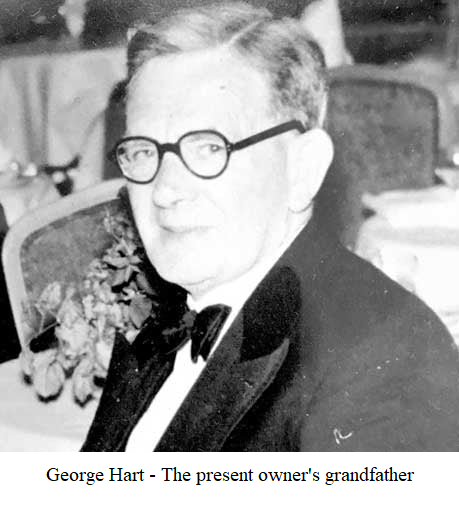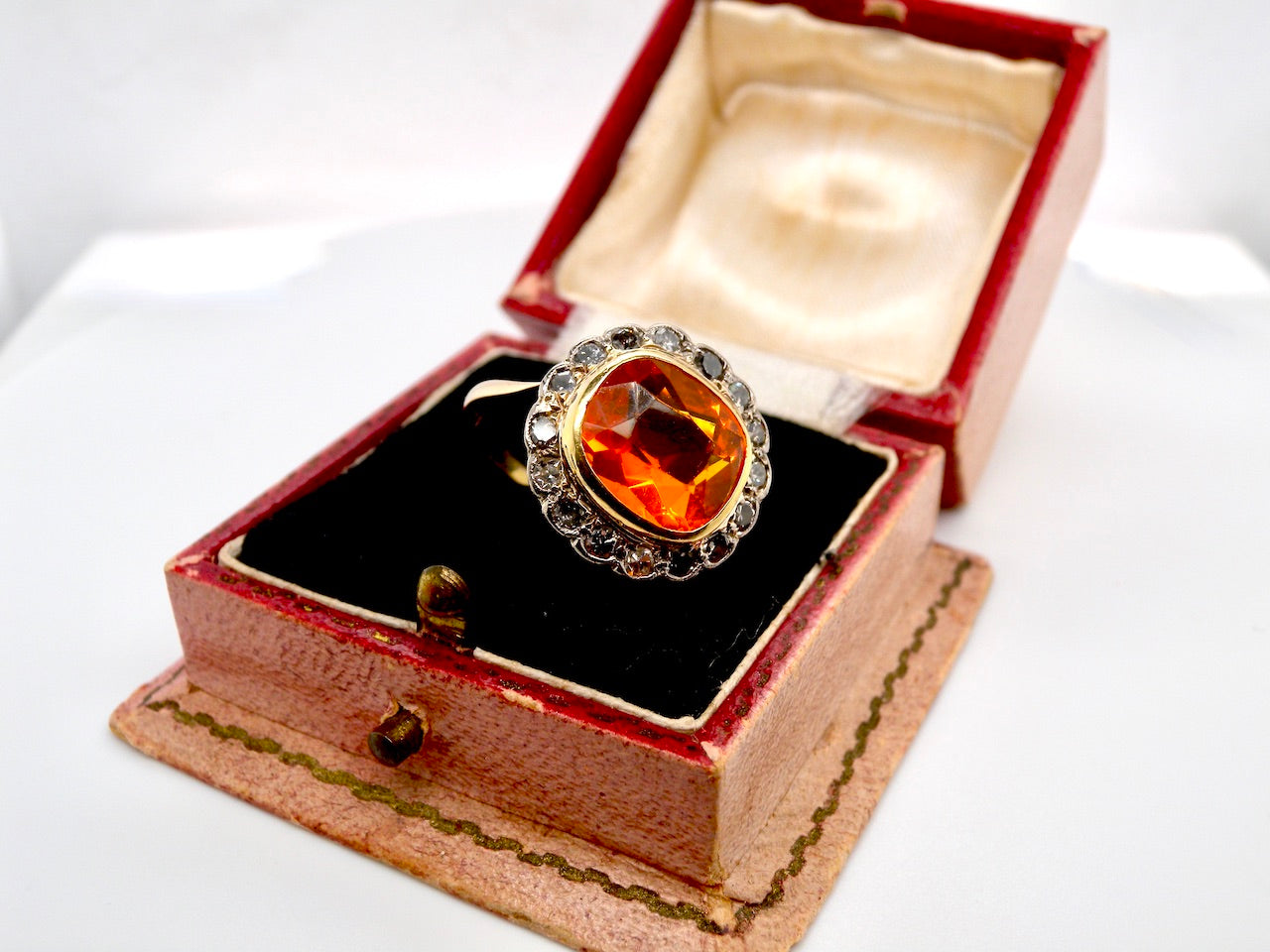The history of cameos is rich, with many meanings and variations. They originated way back in 15,000 BC in Egypt, where events were recorded by using figures or petroglyphs carved into rock. These figures evolved over the following centuries and were remodelled instead, according to the trends of the time when they were produced.
During the time of Alexander the Great’s reign in the 3rd century BC, the cameos produced in Rome and Greece included mythological images and religious figures. During this time, especially in the Hellenistic period, the cameos women wore, expressed their willingness to partake in lovemaking.

Roman Cameo
Famous Cameo Collectors
Pope Paul II, during the Renaissance, was known to be an enthusiastic cameo collector and was seen to display his stones and carved gems on his fingers constantly, most of which depicted medieval carvings and religious images.
The Quattrocento collectors of the Italian arts and cultural period of the 15th century started distinguishing between the cameos of ancient times. The powerful Medici family that ruled Florence all through the Renaissance and had an enormous impact on the growth of humanism and arts, acquired the prestigious holdings of the Pope after he died.

Alessandro de' Medici, Duke of Florence Cameo
Cameos Were An Expression Of Wealth
In the 18th century, upper-class women started wearing elaborately carved gemstones as a display of their prestige and wealth.
Things change rapidly though, once carvers realised that they could use moulds made of quick-setting plaster of Paris, an abundance of gypsum found outside Paris, to make recreations of these gemstones to record noteworthy collections of cameos.
James Tassie, a gem modeller and engraver from Scotland, started using these moulds from which he created glass pastes that closely resembled the genuine carved jewels.

James Tassie Cameo
Carvers Replicate Expensive Jewels
Carvers then discovered how easy it would be for them to recreate expensive jewellery, by working with soft, easy-to-carve, yet durable Cornelian shells.
Cameo made from these shells grew incredibly popular when they became a favourite of Queen Victoria of England, with even Napoleon, the French military leader, also taking a keen interest in the craft. This interest resulted in him bringing carvers from other European countries to France, to produce cameo jewellery items for both women and men. So great was Napoleon’s enthusiasm, that he even ordered furniture to be created that included cameos carved from gemstones, including garnet, sapphire, and opal.
Napoleon Cameo
The Introduction of A New Type Of Cameo
A new type of cameo, which was made from petrified lava, was introduced in the 19th century. Coloured lava, extracted from Pompei diggings, proved to be the best and most useful for exquisite, detailed cameo carvings.
When wealthy young men and women came of age, they earned the right to take a Grand Tour, a traditional trip for the rich, young, and elite. When taking this trip, the young women would buy lava cameos to remind them of the first time they took this trip. This helped to establish lava cameos as a symbol of wealth and status.
Lava Cameo
In the 20th century, costume jewellery included cheap replicas of antique cameos made from plastic and shell. These days, there is an enormous variety of cameos available on the market, which include designs that contemporary jewellery designers have borrowed from the designs from past centuries.
How To Purchase Cameo Jewellery
It is important when buying cameo jewellery, that you have assessed the value of the piece as best as you can or get the help of a professional. Replicas of genuine cameos have been around for hundreds of years, so it’s a good idea to ask the seller for a written guarantee, when appropriate, before you buy.
Following are a few useful hints and tips to use when you are ready to buy cameo jewellery.
- Hold the piece in your hands. Genuine stones will stay cool to the touch, but plastic will warm up quickly, from the temperature of the room and the warmth of your skin.
- The more detailed the piece is and the finer the details, the more valuable the cameo.
- It is perfectly okay if there are stress lines, but don’t buy a piece that has cracks, because it will lower its resale value.
- Remember that owning a collection of a certain type of cameo has more resale value than one single item.
- The authenticity of a cameo brooch can be verified if it has a “C” clasp pin at the back.
- If you are unsure, get the help of a local expert jeweller or contact us here at Vintage Tom
How To Clean, Care, And Store Cameo Jewellery
Cleaning cameo jewellery is a relatively uncomplicated procedure.
Soak for 30 minutes in warm, soapy water, rinse, then wipe dry with a clean, soft cloth. Avoid abrasive detergents or cleaners, and do not use ultrasonic jewellery cleaner either, since they can affect the colour of the cameo.
Cameo jewellery should be dusted often and stored wrapped in a soft cloth to keep it separate from other pieces of jewellery, to prevent scratching.
According to the experts, cameos should be oiled a couple of times a year, but with mineral oil, rather than olive oil. Dip your finger in the oil, rub the oil onto the cameo, and then wipe off any excess oil with a clean, dry cloth.
In Conclusion
Cameo is timeless antique jewellery piece that is just as popular today as it has been for centuries. With the enormous variety of options available on the market today, in the form of pendants, brooches, earrings, necklaces, bracelets, and rings there is little doubt that you will find cameo to suit your personal style and budget.
Click here for our Cameo Collection at Vintage Tom.
You May Also Like: Is Antique Jewellery A Good Investment



